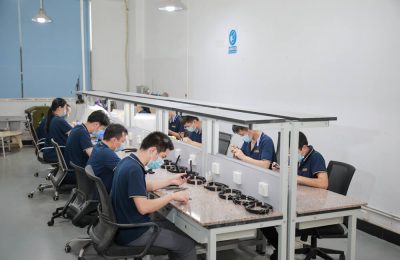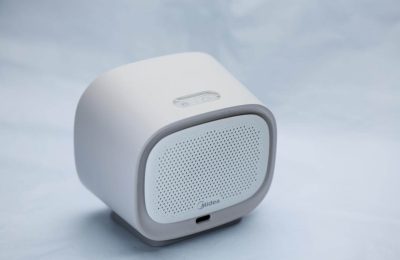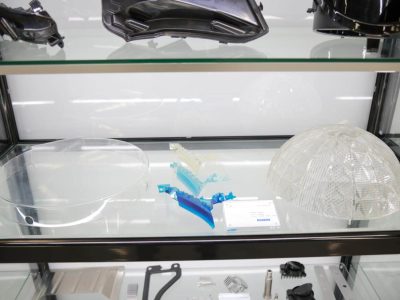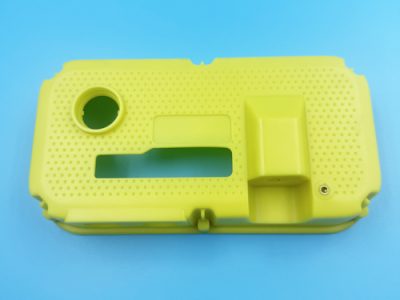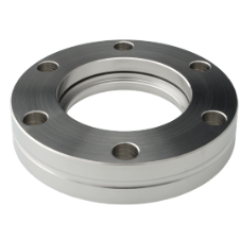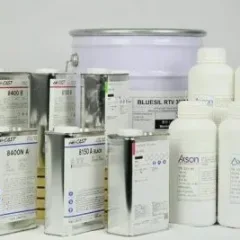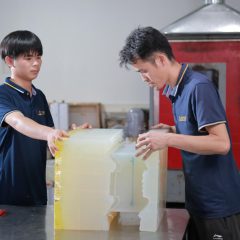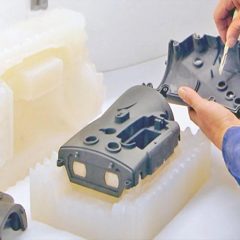1. What is urethane casting, and how does it differ from traditional plastic casting?
Urethane casting is a prototyping process where polyurethane resin is used to create parts that resemble injection-molded plastic. Unlike traditional plastic casting, urethane casting is ideal for low-volume production, as it requires a soft silicone mold rather than a hard metal mold. This method is quicker and less expensive, especially for short runs, and offers versatility in replicating both the look and performance of injection-molded parts.
2. What are the typical applications of urethane casting in prototyping?
Urethane casting is widely used in creating functional prototypes, especially for consumer electronics, automotive parts, and medical devices. It’s ideal for validating designs before moving to full-scale production, allowing for thorough testing of form, fit, and function. Additionally, urethane casting is valuable for limited production runs where durability and aesthetics need to closely match final injection-molded products.
3. How does the urethane casting process work?
Urethane casting typically starts with a master model created via CNC machining or 3D printing, which is used to make a silicone mold. Once the mold is prepared, it’s filled with polyurethane resin and left to cure, creating a part identical to the master. This process can be repeated until the mold wears out, usually after 20–25 castings, making it efficient for small-batch production.
4. What materials can be used in urethane casting, and what are their benefits?
Various types of polyurethane resins are available for casting, including rigid, flexible, high-temperature, and clear resins. This range allows manufacturers to select materials based on specific requirements, such as impact resistance, flexibility, or transparency, making urethane casting suitable for diverse applications across industries.
5. How accurate is urethane casting in replicating injection-molded parts?
Urethane casting is highly accurate, often achieving tolerances of ±0.3mm or better. This process can closely mimic the appearance, texture, and mechanical properties of injection-molded parts, making it ideal for realistic prototypes and market-ready products. However, slight variations may occur due to factors like mold shrinkage.
6. What are the advantages of using urethane casting for prototypes?
Key advantages include cost-effectiveness, quick production times, and high customization potential. Urethane casting allows for rapid prototyping with fewer resources compared to traditional methods. Additionally, the process accommodates complex geometries and finishes, which are difficult to achieve with some other prototyping techniques.
7. What is the typical lead time for urethane casting prototypes?
Lead times for urethane casting are generally short, averaging 5–10 days, depending on project complexity and volume. This rapid turnaround is possible because the silicone molds are faster to produce and don’t require the machining involved in metal molds, making urethane casting ideal for projects with tight deadlines.
8. How durable are urethane casting prototypes compared to other methods?
Urethane casting prototypes are durable enough for functional testing, but they don’t typically match the lifespan of injection-molded parts. The durability of each prototype depends on the resin selected. Some urethanes are highly impact-resistant and suitable for limited functional applications, while others are designed more for aesthetic purposes.
9. What is the maximum volume suitable for urethane casting?
Urethane casting is best suited for low to medium-volume production, generally up to 100 parts. This limitation is due to the silicone molds, which degrade with repeated use. For higher volumes, methods like injection molding are more cost-effective and durable.
10. Are there environmental considerations with urethane casting?
Urethane casting does have environmental impacts, as the silicone molds and polyurethane resins are not biodegradable. However, some suppliers offer recyclable options, and the low-volume production aspect reduces material waste compared to high-volume methods. Some companies are also exploring bio-based urethanes to make the process more sustainable.
 LKprototype
LKprototype
